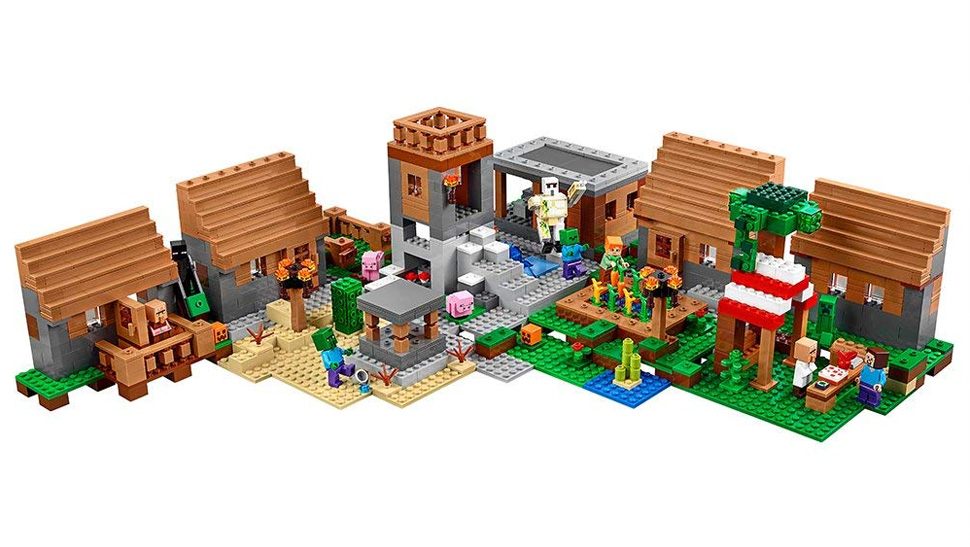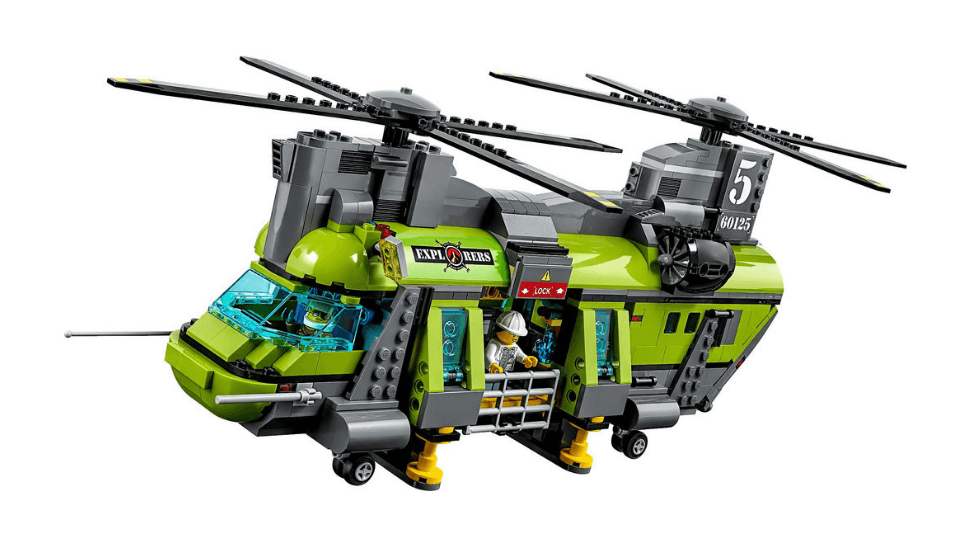Review: LEGO MINECRAFT The Village 21128

Minecraft became an instant hit among gamers when it was introduced to the public in 2009. The video game, which is playable on multiple platforms, offers several ways to play with no clear objective in mind - players loved having the freedom to be as creative as they can in enjoying its open world system.
The most popular feature of the game, however, is allowing players to mine and craft - you are able to collect rough 3D objects that represent various materials from stones to tree trunks to water and lava, and then use these materials to build and create whatever structure or scenario they pleased. Sounds familiar? It should, because in more ways than one, Minecraft was basically your virtual LEGO game.
When LEGO and Minecraft announced their partnership to produce LEGO Minecraft, people had mixed reactions. Some thought it was the perfect match, pairing together the virtual and physical worlds of creative brick-building. Others were afraid the resulting product wouldn’t meet up to the high standards set by previous Lego sets. Let’s go and take a look at what the product has to offer.
The Packaging
The product is priced at US $199, and is the largest set in the Lego Minecraft collection to date. The outside of the box shows the main build of the set upfront, together with the usual images of minifigures included. The back of the box shows a fully-built image of one alternative build for the set, while smaller panels show the different landmarks and detailed modules of the LEGO kit.
Inside the box, you will find twelve plastic bags containing all the pieces you will use for building the set. The bags are numbered one to eleven for easy organization of the pieces, while the twelfth unlabeled bag holds a number of large plates that will form the bases of your mini-constructions. You will also find two instruction booklets in a separate bag, supported by cardboard to prevent bending damages.
The larger instruction booklet provides guiding information for building the main model exactly as it appears on the front of the box, a parts inventory to check your Lego pieces against, and ads for both the Minecraft game and previous LEGO Minecraft sets. The second, smaller instruction booklet details the building process for two alternate designs, which is created by dismantling some components and rebuilding the pieces into an entirely unique creation.
The rebuilds - one is turning the Butcher’s shop and portions of the Farm into a defensive wall-like structure, and the other is creating a Jail using components of the Marketplace and the Well - are both interesting and provide substantial changes to the overall look of the village.

Building the Set
The set offers a simple and straightforward way of building the model. The separation of the components into the numbered plastic bags is also very helpful. The first plastic bag contains the Marketplace module, the smallest and easiest to build in this set. Bags two and three hold the pieces to building the Blacksmith’s Shop, with two removable furnaces that you can choose to place anywhere you desire. Unlike the Marketplace module, the Blacksmith’s Shop stays true to the game in terms of the blocks used and the general layout.
The fourth and fifth bags contain the pieces for the Library, which looks a lot like a regular village house. What makes it more interesting, however, is its fold-open interior that is designed much like a doll house, allowing you to open it and place various accessories inside like the spider web for the attic, bookshelves for the main floor, a crafting table and two benches for your minifigures. Bags numbered six and seven allow you to build the Guard Tower, which has the simplest building technique of all the modules. Stacking the pillars supporting the guard rail gets tiring at some point, and there are more pillars to work with after that.
Bag number eight contains components to build the Farm, the most game-accurate part of the set. You get to arrange a variety of crops next to a pig pen with a cute pig minifigure inside. The ninth bag includes building blocks for the Well, which is a pretty average module in terms of design and build. The saving grace of this module would probably be the removable roof of the well, allowing your minifigures to access the water bucket and scoop water from the well.
The tenth and eleventh bags form the last module is the Butcher House. This and the Library are probably the strongest modules in the set, as both offer the fold-open feature to increase play value and accessorization.
Conclusion
All in all, the Lego Minecraft Village set is a worthy purchase, given the designer’s obvious efforts to stay true to the game’s original designs while also putting in a number of customized options for added flavor. The builds are generally easy and enjoyable, though some repetitive builds might get to you after a while. Still, this is easily a must-buy for Minecraft collectors and Lego fans who like village themed designs.










